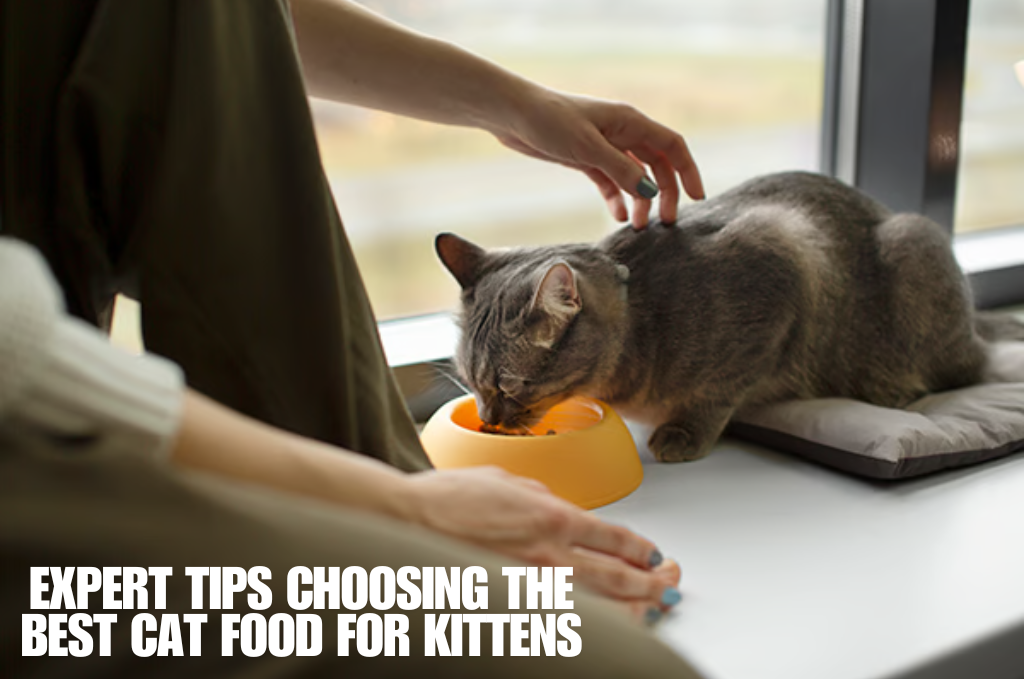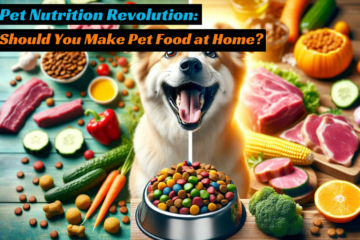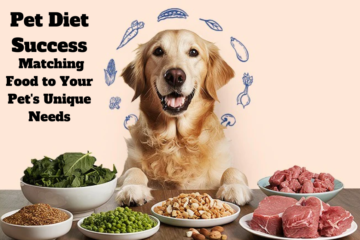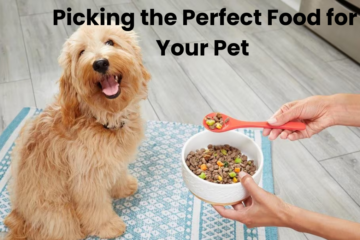Hello people! Which food should you provide your kittens to ensure they will become healthy cats? Nutrition in kittens is crucial in their development and general well-being, and this article will focus on the proper feeding habits to suit your kitten.
Now, with the vast variety of products messing the right cat food for kitten challenging is no need to introduce the necessity and importance of proper nourishment. With its unique focus on nonal requirements and label reading section, this guide explores tips you need to know to make the right choice.
Let’s get started
Table of Contents
Look at Kitten Nutrition and Why it is Different
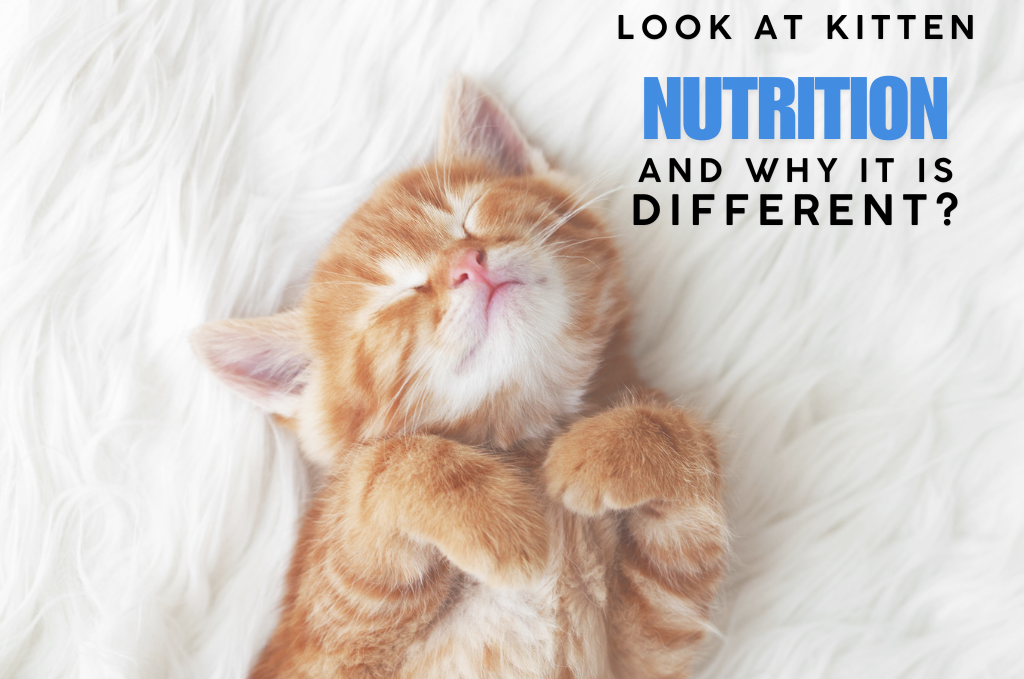
Kittens especially need special foods to feed them so that they can fuel their growth as well as the Energy that a growing kitten needs. Here’s why:
High Energy Needs
- Fostering kitten growth is progressive, although its rate is exponential during the first year of the life cycle.
Protein for Growth
- The nutrient that is most needed as a building block for muscles and tissues is a protein.
Essential Nutrients
- Among other vitamins or minerals called micronutrients, DHA (control of fatty acid) is crucial to build brains and vision.
- Smaller Stomachs: When buying food for the kittens, it must be rich in nutrients because they cannot eat large amounts at a time.
Understanding the Basics of Kitten Food
To choose the best cat food for kittens, consider these essential factors:
Wet vs. Dry Food
- Wet Food: The discovery means that higher moisture content promotes water consumption and thus improves kidney health in kittens, ‘states the researchers.
- Dry Food: Wearable, durable compared to traditional batteries, and in many cases, less expensive as well. But it does not contain enough moisture that the kittens should have in their food.
Balanced Nutritional Content
Look for food with
- Protein content, in particular, animal protein.
- The right amount of fat to give Energy in case other forms of Energy are depleted from the body.
- Calcium, phosphorus, and taurine are so crucial for gymgoers and anyone desiring good health.
Age-Appropriate Formulas
Kitten-specific food is provided so that kittens can get the foods recommended for their meals. When purchasing food for kittens, be sure to look for labels that say “complete and balanced.”
Brands of Kitten’s Cat Food
list of highly-rated kitten food brands
Royal Canine Kitten Food
- These famous remedies are developed individually.
- Hill’s Science Diet Kitten: KS approved and has a nutritional value.
Blue Buffalo Healthy
- All-natural food with no preservatives and additives and contains a natural source of protein chicken.
Purina Pro Plan Kitten
- Extremely competitive in that sustenance comes from high-quality materials at relatively cheap prices.
Homemade vs. Commercial Food
Advantages of Homemade Food
- It gives consumers total control over the ingredients to be used in preparing the food they consume.
- Real food, no preservatives, no additives and mostly cooked on the same day the food is served.
Drawbacks of Homemade Food
- It is difficultIt is challenging to maintain it as they are required to provide the child with balanced and healthy meals.
- Time-consuming preparation.
Choose Commercial Food
- Kitten food developed for commercial purposes is based on scientific recommendations on kittens’ dietary requirements. Choose the brands with a label that says AAFCO approves them.
Decoding Cat Food Labels
Ingredients
- Ensure you also use quality proteins such as chicken and fish.
Guaranteed Analysis
- Scrutinise its protein and fat content so that the prepared food should be a minimum of a particular percentage.
Additives
- Do not use artificial colours, flavours and preservatives.
The following video explain :Homemade vs. Commercial Food for kitten:
Feeding Schedule for Kittens
The following table summarizes the feeding stages for a kitten:
| Age Range | Feeding Stage | Feeding Guidelines |
|---|---|---|
| 0-6 Weeks | Mother’s Milk | Breast milk is ideal; if unavailable, use a kitten milk replacer for proper nourishment. |
| 6-12 Weeks | Transition to Solid Food | Gradually introduce wet, freeze-dried, or canned food. Feed 3-4 small meals per day. |
| 3-6 Months | Nutrient-Dense Meals | Increase portion sizes while maintaining high-frequency feedings for proper growth. |
| 6-12 Months | Prepare for Adult Transition | Begin weaning off juvenile food as the kitten becomes leaner and matures into an adult cat. |
Pitfalls Of Feeding Kittens
Feeding Dog Food. This does not contain the basic ingredients such as taurine.
Vet Consultations
- It is different for each dog; one should clear this with a vet.
Overfeeding
- It might cause obesity and numerous health complications that are associated with obesity.
Ignoring Hydration
- There is always the issue of dehydration, especially when the kitten is mostly fed dry foods.
Hydration in Health of Kittens
Water is as important for kittens as food is for human beings. Wet food will work to increase the moisture content necessary for digestion, but make sure and keep fresh water accessible for the animal at all times.
When people are dehydrated, they may experience problems with their urinary system and have stomach problems when eating. Special Requirements for Kittens
Kittens Diets
- Sensitive Stomachs: Avoid deciding on diets that encourage certain breeds, are labelled hypoallergenic, or have limited ingredients.
- Weight Management: Minimize the quantities of high-calorie foods which are low in proteins.
- Medical Conditions: Consult with your vet for special diets.
Trending Kitten Food Options
Organic and Natural Foods
- Containing no toxic substances or synthetic elements.
- Example: Wellness CORE Kitten Formula.
Grain-Free Diets
- Ideal for kittens with grain intolerances or grain-specific sensitivities.
- Example: Taste of the Wild Rocky Mountain Grain Free Kitten Formula.
Subscription Services
Mobile, targeted meal delivery right to your doorstep.
Tips on Changing Your Kitten’s Diet
Transitioning gradually prevents digestive upset:
- Days 1-3: Feed 1/4th of the new food with 3/4th of the old food.
- Days 4-6: Increase to a 50/50 ratio.
- Days 7-10: Replace 75 percent of food with fresh food and leave only 25 per cent of the food that they had from before.
Cost of Feeding Kittens
- Quality kitten food has quite different prices. Thus, wet food is slightly higher priced than Dry food. Wise dwellers might look for better deals or ride-out package offers to purchase quality goods without having to spend much.
Importance of Proper Kitten Nutrition
- The ASPCA presents information showing that kittens need twice the nutrients an adult cat needs during their growth period.
- Different research shows that kittens fed healthy, balanced diets are 40% less likely to become chronically ill when they grow old.
Homemade vs Store-Bought Kitten Food
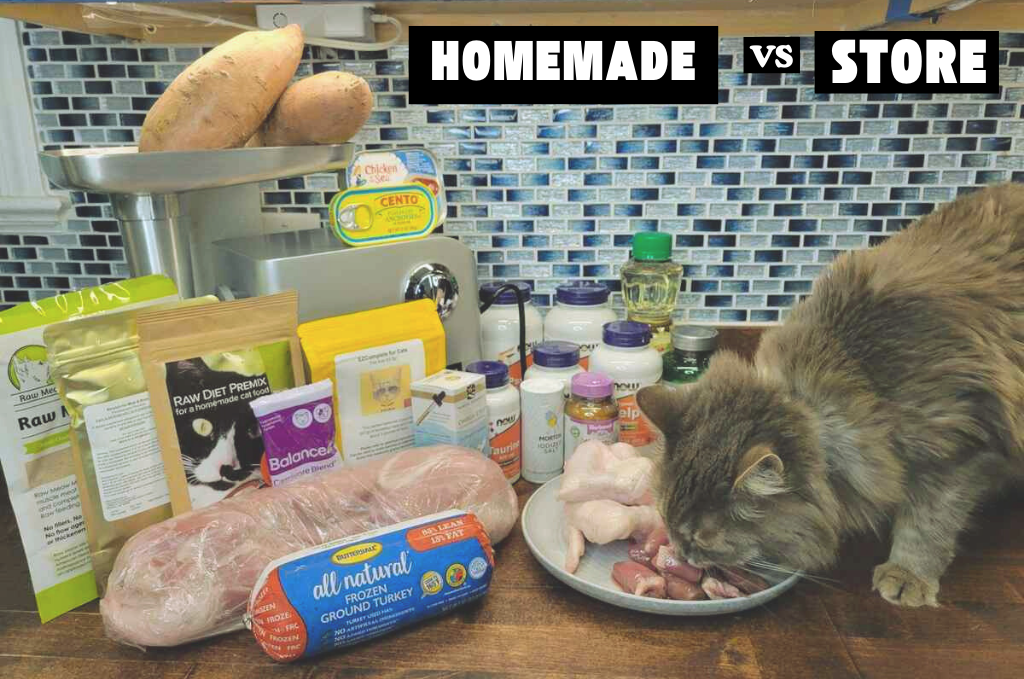
Are you often in a quandary on whether to prepare food for your kitten at home or whether to buy commercial food? Each decision made involves its strengths and weaknesses which are outlined below to help you decide on the best action you think would suit your pet.
Homemade Kitten Food
Advantages
- Full Control Over Ingredients: One advantage is that you are aware of what your kitten is feeding on.
- No Preservatives: Food items that can be served fresh do not contain any additives or preservatives.
- Customization: There are many recipes available that may be modified to meet the nutritional requirements of your kitten.
Disadvantages
- Nutritional Imbalance: The final problem is probably the most daunting: It’s difficult to guarantee that your kitten is receiving adequate nutrients.
- Time-Consuming: Organizing homemade meals consumes a lot of time and effort.
- Costly Supplements: You can only obtain your daily nutritional needs for products like taurine or calcium if you are willing to spend a large sum of money.
Store-Bought Kitten Food
Advantages
Convenience ready to serve means saves time and energy.
- Scientifically Balanced: Most commercial foods are developed to provide for the nutritional requirements of kittens.
- Variety: It comes in specific flavours, staples, and different textures, which you can easily feed your kitten.
Disadvantages
- Additives: Some brands contain preservatives and artificial flavours.
- Cost: Good quality products and services may be expensive.
Which Should You Choose?
- Although home-cooked food is the best type of food for cats since people get to prepare it, it involves a great deal of knowledge about the cat’s dietary needs. Buying foods from supermarkets and other recommended brands is easy because the meals are healthy without complicated preparation. They can be fed both kinds, but that would provide a bit of difference and guarantee the kitten is getting the very best food.
Conclusion
Are You Prepared to Feed Your Kitten? So feeding your kitten with the best it requires brings it a good start in its life needs. If you pick quality foods and food combinations, and if you know each of their nutritional requirements, you will be positive that they will be fine.
What measures are you going to take today to optimize your kitten diet?
FAQs
1. When can a kitten be fed on its own, and how often should it be fed?
Bottle-fed kittens should be fed 3-4 times a day up to six months, then reduced to 2 times a day.
2. Can I feed my kitten with human food?
Don’t eat human food because it is not nutritious and may be unhealthy for the animal.
3. What are the benefits and nutritional values of kitten food as compared to adult cat meals?
Kitten food contains more calories, protein, and all the necessary nutrients needed for the growth and development of the kitten.

